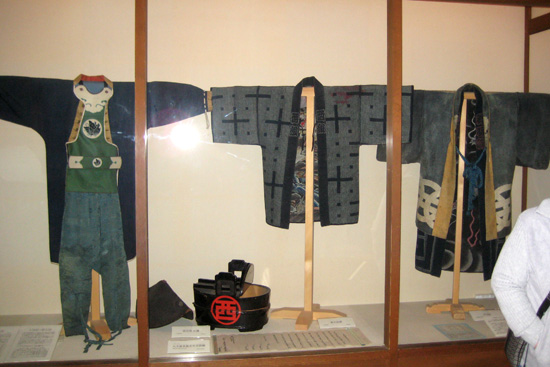In 1692 the region was placed under the direct rule of the Tokugawa Shogunate. The Jinya served as the official residence and headquarters of the Shogon’s governor, as well as a warehouse for storing taxes (which were paid in sacks of rice.) The building was actually used for government offices right though the 1960s, but has now been converted into a museum.
At one time there were 55 such Jinyas located around Japan. This is the only one that survives.
The outer gate in the wall that protects the complex.
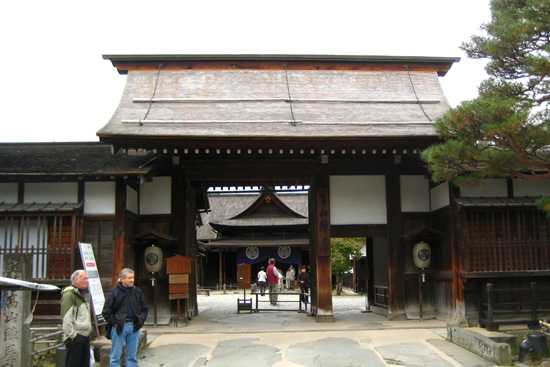
The entrance to the main building.
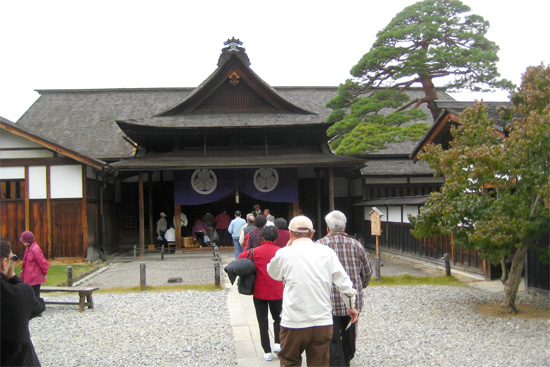
Note the three-leaf crest of the Tokugawa family.
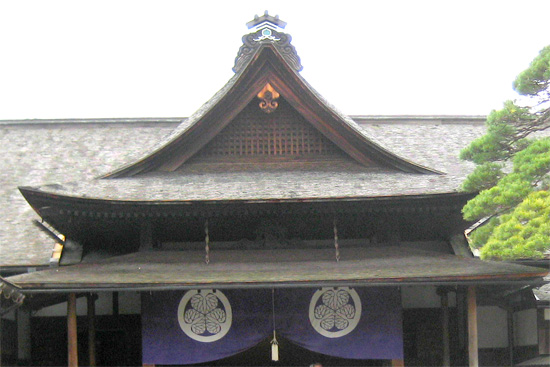
Inside the entrance is a waiting room decorated with a blue-wave wallpaper pattern that is also associated with the Tokugawa government.
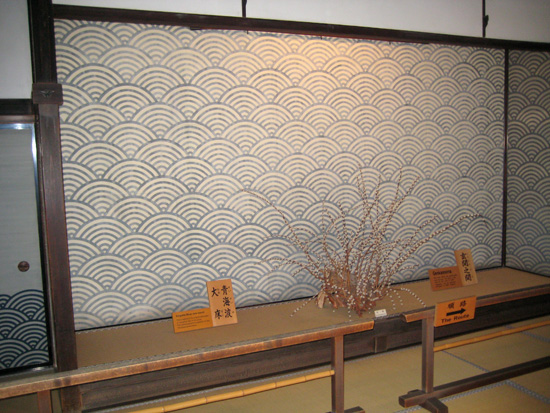
Offices for low-level officials, with a raised fireplace.
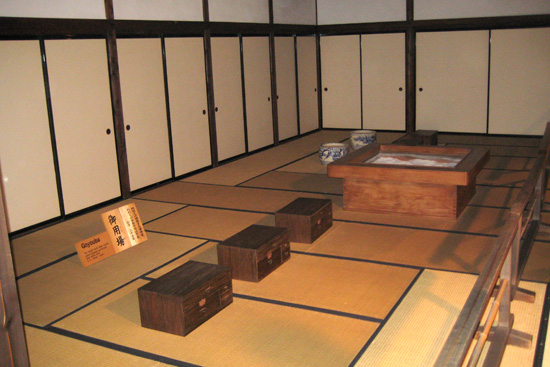
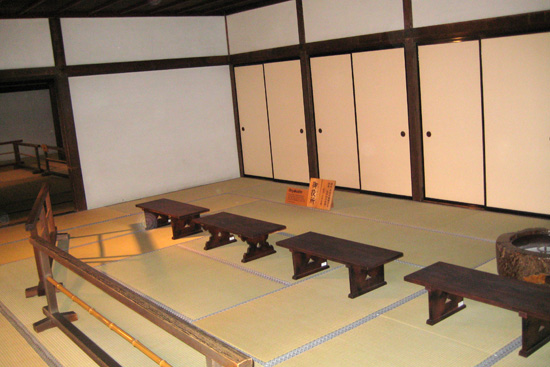
A reception room features a traditional fireplace set in the floor in the center of the room, with a wooden device to hold a teapot or similar vessel.
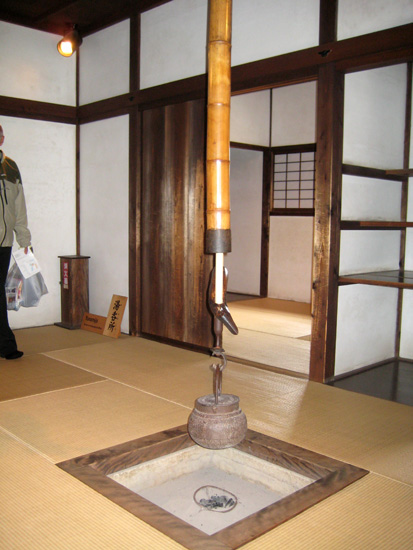
Rabbit-shaped nail covers were supposed to protect the building from fire. (They didn’t seem to help the other 54 Jinyas, assuming that they used them.)
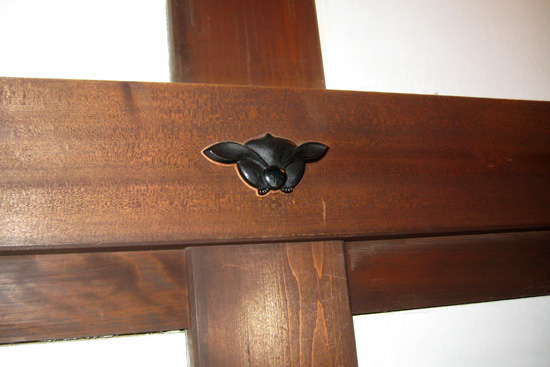
300-year-old toilets. (Not for public use.)
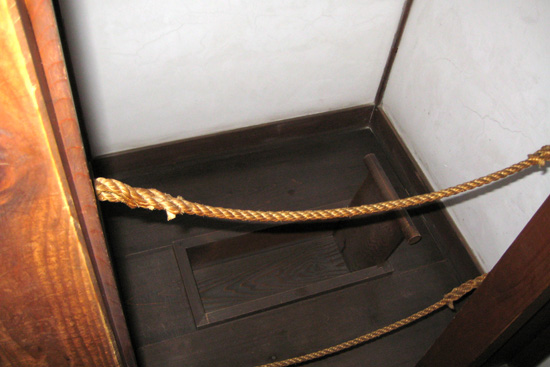

A bathroom (for bathing.)

Hallway leading to the governor’s quarters.
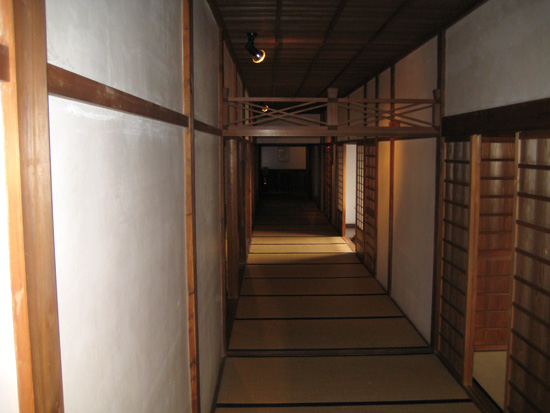
Rooms for the governor and his wife.
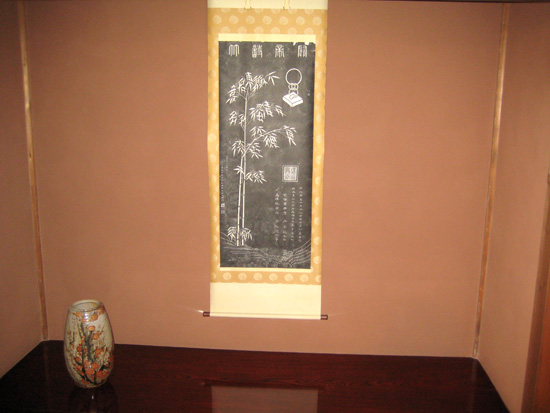
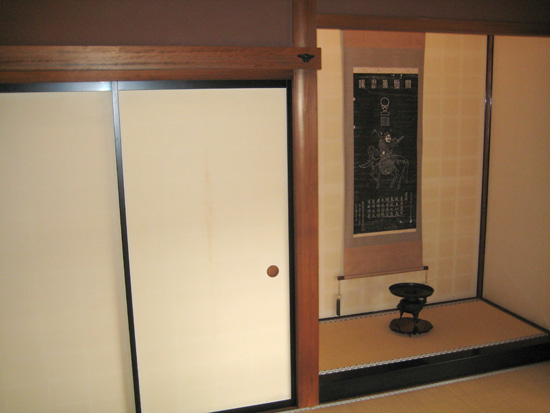
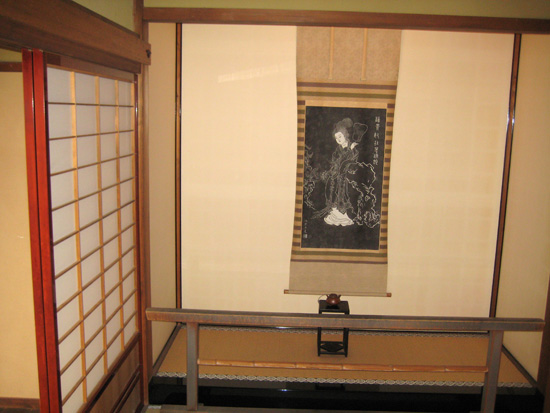
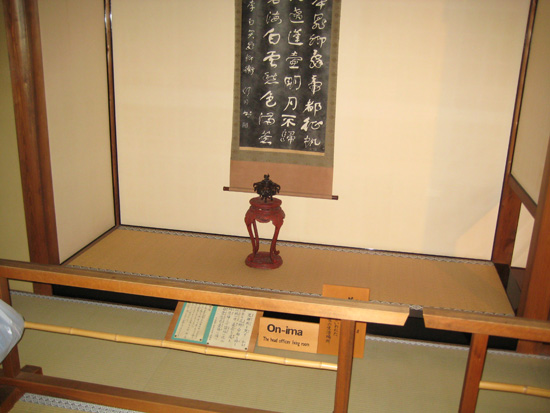
The maids’ rooms.
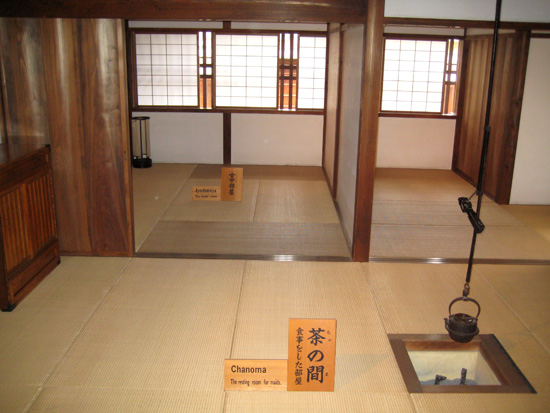
A large room that can be divided into smaller rooms using shouji screens.
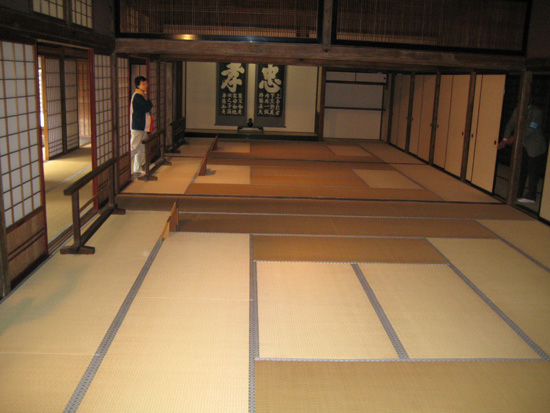
The kitchen.
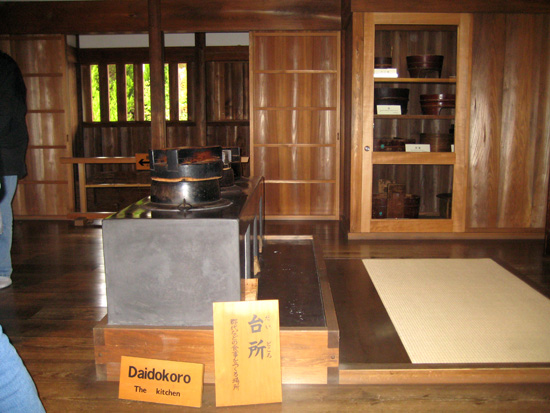
The complex is built around a beautiful formal garden. It is easy to imagine the governor relaxing here, contemplating Nature after a hard day of taxing the peasants.
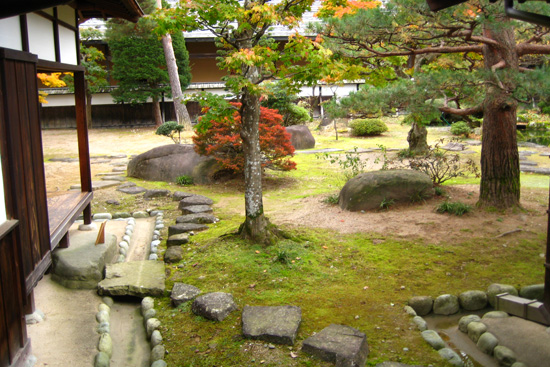
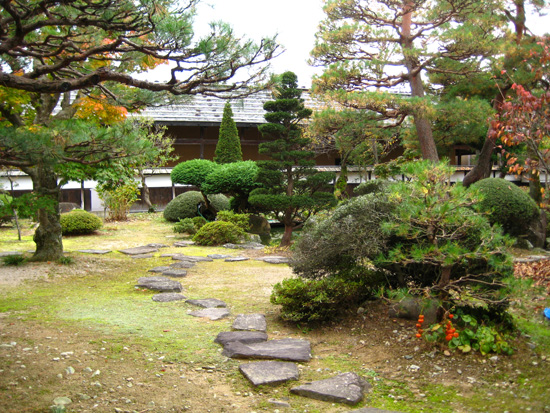
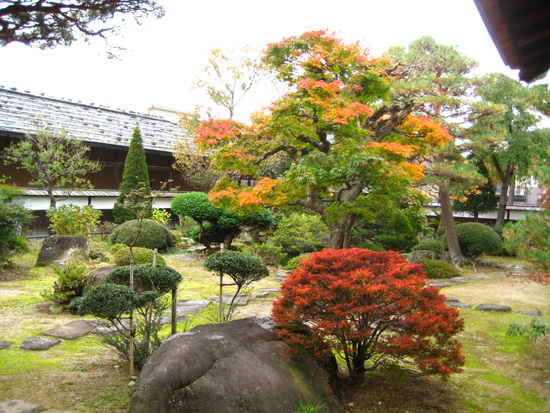
A display of bonsai.
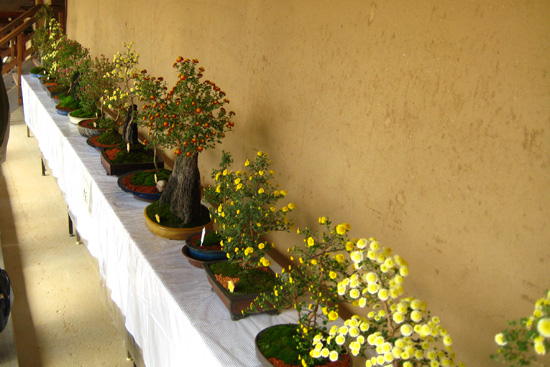
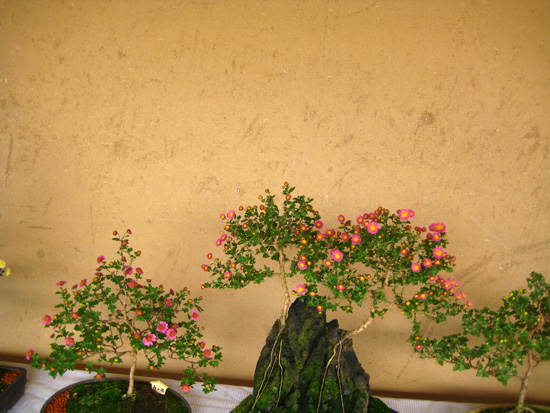
Interrogation room with instruments of torture.
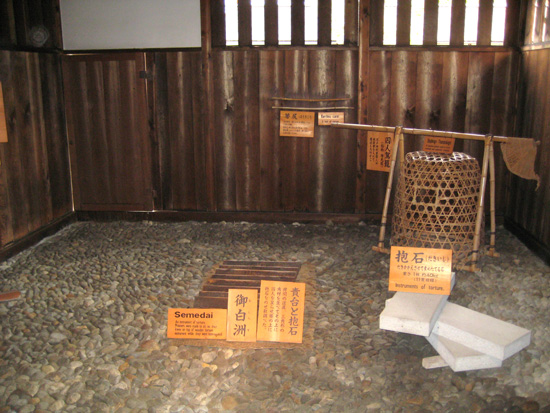
The suspect was required to kneel on the sharpened slats while he was questioned. If his answers were not satisfactory heavy blocks were placed on his legs.
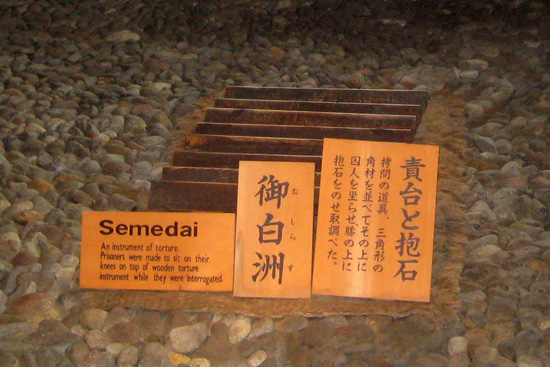
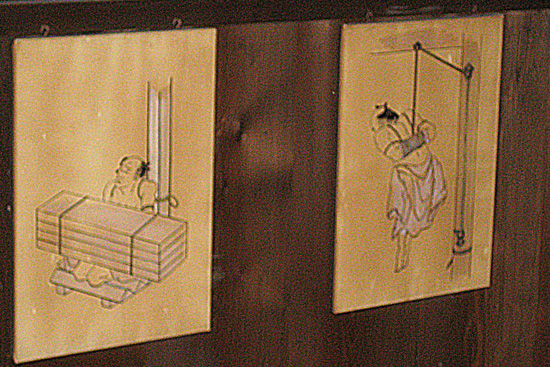
The wicker cage was used for transporting prisoners.
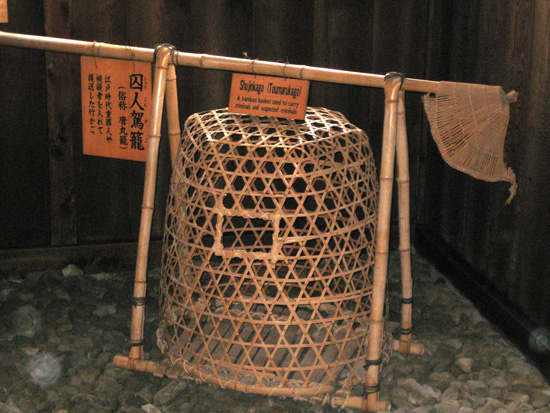
Samurai armor.
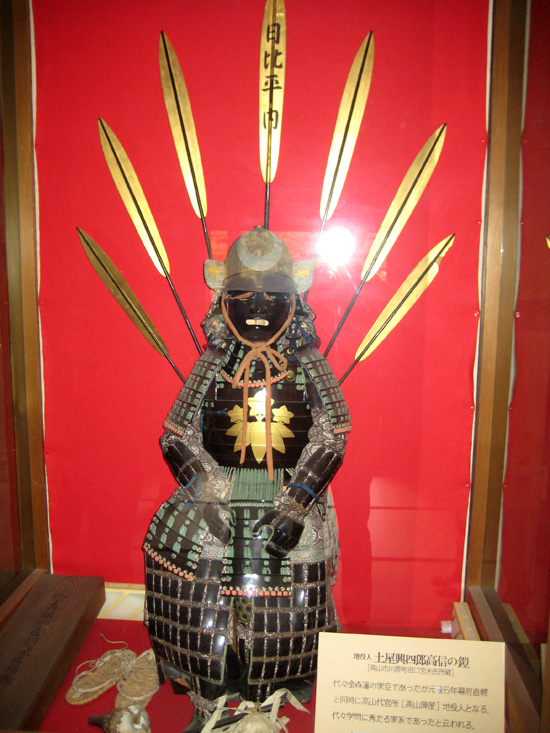
Traditional clothing.
